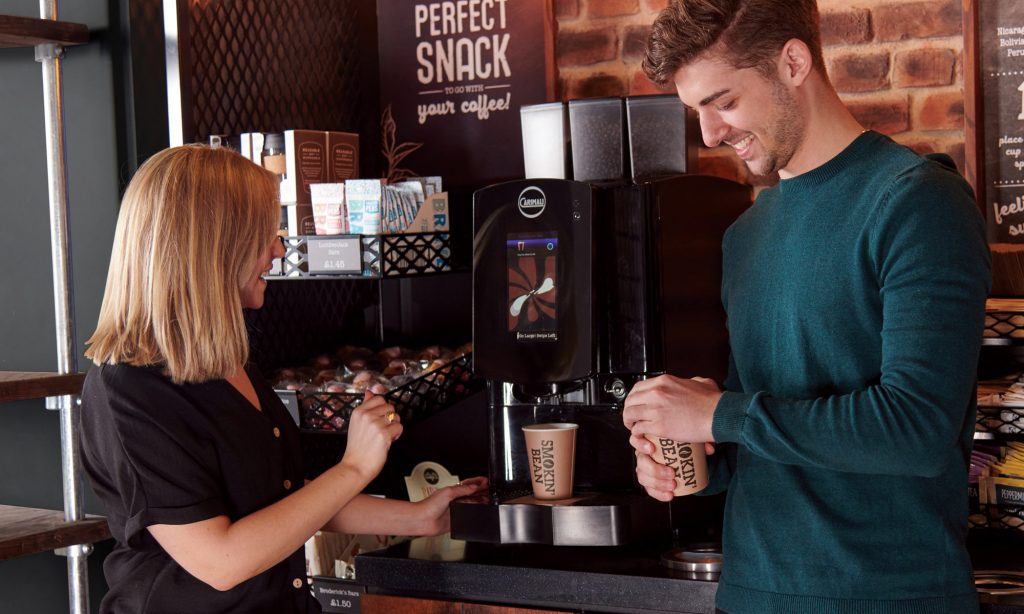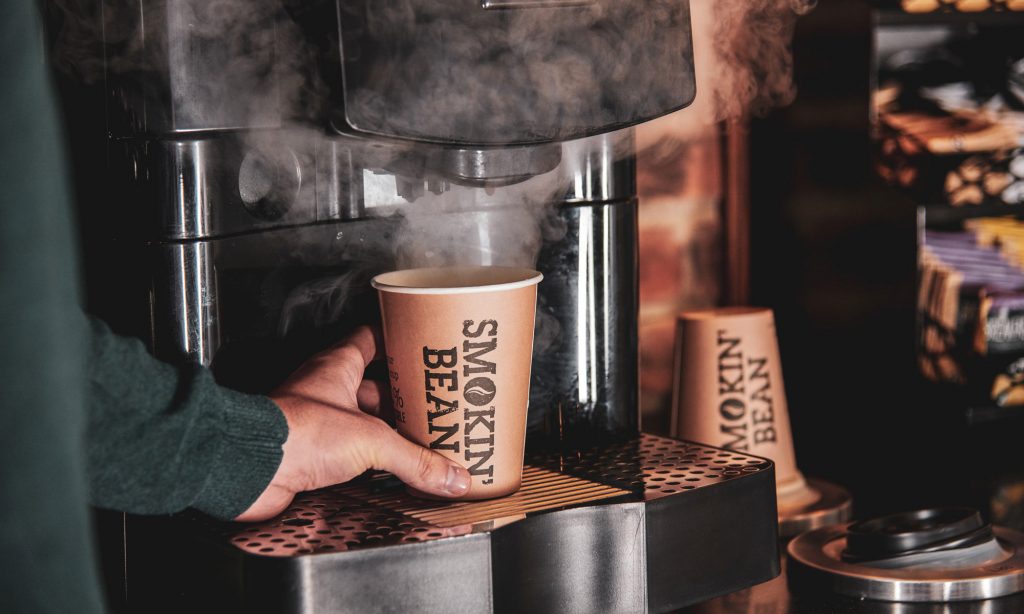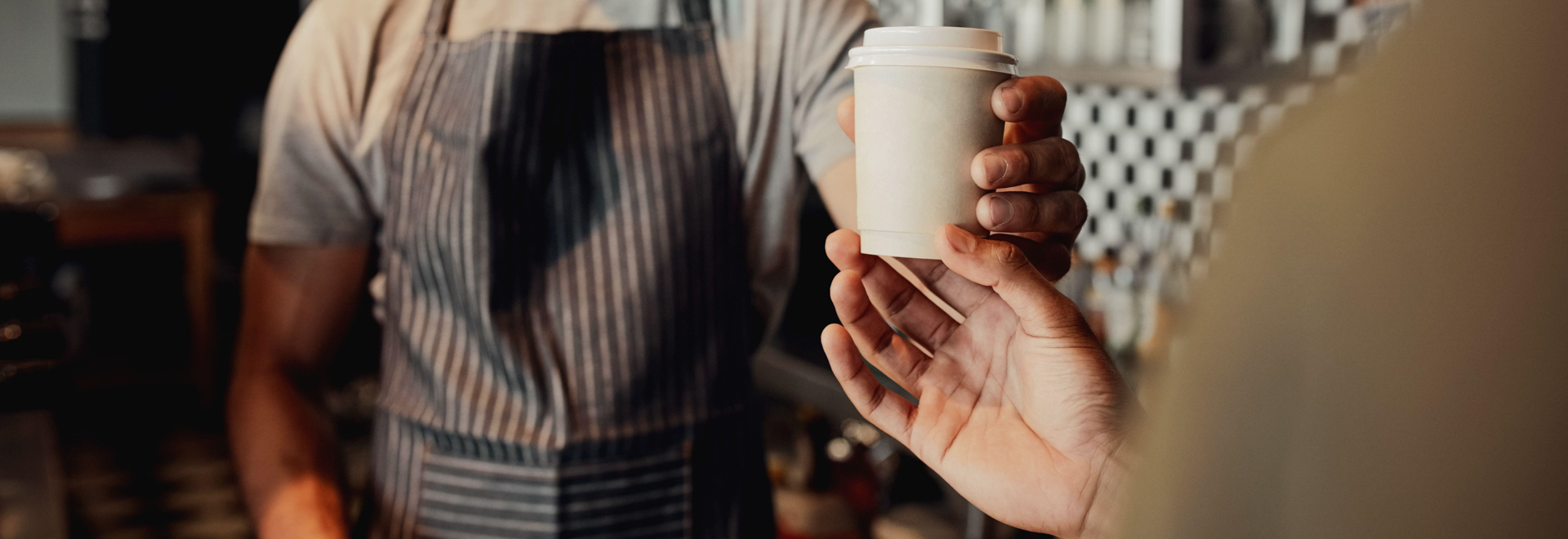Pricing coffee: Is it time to rethink how we charge customers?
Matt Haw speaks with Emma Baker of Smokin’ Bean about the search for a more effective model of pricing coffee.
For most, the new year represents a fresh start.
Yet for many coffee shops, it’s another year of challenges and new solutions. Cafés and roasteries are facing unprecedented cost rises, driven by runaway inflation, soaring energy costs, and difficulties associated with shipping green coffee.
Consequently, there has never been a better time to reconsider how to price a cup of coffee.
The traditional model typically involves a cost-plus pricing approach. This is achieved by working out the costs associated with producing a cup of coffee. These costs are then totalled over a period and divided by the number of cups sold in that same period. A percentage for profit is added – usually around 10% – providing a per-cup price.
Because additions such as milk and sugar carry costs, this naturally drives up the price of the cup. “The non-milk-based drinks like Americano and espresso will be priced lower than the milk-based drinks such as cappuccino, latte, and flat white,” says Emma Baker, who works as head of retail marketing at Smokin’ Bean, an innovative coffee-to-go company.
The beauty of this model is that café owners can quickly respond to cost increases without losing out. If, for example, the price of oat milk rises, then they can simply charge more for any drink that includes oat milk.
However, it doesn’t accommodate how competitors price their products. As such, many businesses will extensively research their competition with the intention of implementing an alternative pricing model, such as penetration pricing or price skimming.
The former involves setting prices below the competition’s average to draw in customers, while the latter means setting prices slightly above the expected market average to bring in a higher profit margin than rival cafés.
But neither of these are flawless either and can swiftly backfire if results aren’t immediate. So could there be a more effective approach?

Pricing coffee by cup size
International chains such as Starbucks bring in eye-watering profits every year by applying what’s known as a value-based pricing strategy. With this model, the aim is to work out how much each customer is willing to pay per cup – and ensure they get as close to that figure as possible.
While this sounds simple, customer valuations involve a significant amount of research, creating buyer personas that embody the people businesses believe to be their ideal customers.
By defining exactly what these personas are, including their personal backgrounds and their individual needs, café owners can form the basis of a value-based pricing strategy.
“Coffee pricing across the market varies significantly and is changing frequently,” Emma explains. “In the coffee-to-go market, pricing tends to take a more simplistic approach.”
This led Smokin’ Bean to develop a unique approach to selling coffee: charging by cup size, regardless of what goes in it. That means it doesn’t matter if a customer goes for a double espresso or a latte with syrup – the price will be the same.
As a premium self-serve coffee solution that targets convenience-driven customers who also appreciate quality, Smokin’ Bean wanted to ensure that its pricing structure was “simple and straightforward”. Importantly, it had to complement the profit-sharing model they have in place for retailers.
“We have created a profit-sharing model for Smokin’ Bean, whereby our retailers earn a percentage of the profit which is dependent on the number of coffees sold per day,” Emma says. “Having a set price per cup size allows us to provide a simple, profitable solution for our retailers.”
Importantly, the driving force behind this new approach was also a desire to change the perception of self-serve coffee. “Our goal was to create an artisan-style coffee on the go for all of the coffee lovers out there,” Emma says.
Offering quality and convenience with a no-frills pricing strategy has proven to be “a big hit with retailers and consumers alike,” she adds.
Key to this has been the way in which the coffee is served.
While it may take a barista longer to steam milk (and, therefore, makes more sense to charge extra for their time), Smokin’ Bean uses superautomatic coffee machines to make all its drinks, including Carimali machines. This further enhances the convenience for customers and keeps down costs for business.

Alternative approaches
Another alternative pricing strategy that has gained traction in recent years is the concept of a timed café, where customers pay by the hour.
Emma believes this has coincided with the recent rise in remote working, with some stores offering a set price to work from the café or bar, often including free hot drinks throughout the day.
“There are also subscription models where customers sign up to pay a set price per month in exchange for an allocation of drinks per day,” she explains.
In the UK, this has seen success in areas with lower overheads, notably Liverpool and Manchester, where rent is more affordable than in London. However, this model requires even greater control of costs.
Essentially, a pricing strategy can only be determined by reaching an understanding of how long the average person will spend in the café versus how much they will consume during that time.
When it comes to Smokin’ Bean, however, the brand aims to stand out in the marketplace, maintaining that “the best approach would be not to overcomplicate the offer”.
“We ultimately decided that a set price per cup size would be the most attractive option for the retailer and consumer, as well as incorporating key extras for no additional cost, such as flavoured syrups and free espresso shots,” Emma explains.
Charging by cup size has clearly worked for Smokin’ Bean, meaning we are likely to see other convenience-focused coffee brands replicating this model.
And, while it might not be for everyone, it is worth remembering that any pricing strategy is a key part of a coffee shop business model.








